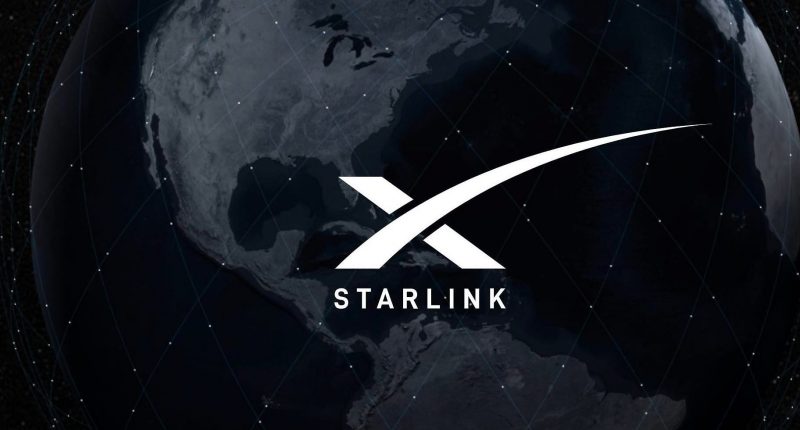A future where we receive phone calls via space satellites in case of cellular dead zones may be sooner than you think. With Apple introducing Satellite-based SOS last year, companies haveThis comes courtesy of SpaceX’s planning to initiate the testing of its Starlink satellite-to-cell service with T-Mobile’s network. According to media reports, the testing to bring satellite connectivity to cell phones may begin as early as this year.
“We’re going to learn a lot by doing — not necessarily by overanalyzing — and getting out there,” Jonathan Hofeller, SpaceX VP of Starlink enterprise sales, said on a panel at the Satellite 2023 conference in Washington DC.
If you haven’t guessed yet, the satellite-to-cellular service aims to provide high-speed, low-latency connectivity to remote areas that are not served by traditional cellular networks. The service will leverage SpaceX’s Starlink satellite constellation, which is currently being deployed in low Earth orbit.
This development is hardly unexpected, given that T-Mobile and SpaceX had announced in August that that they were teaming up to end “mobile dead zones,” and that T-Mobile’s cellular dead zones would get coverage from the Starlink satellite constellation. At that time, the companies did not provide a specific timeline as to when this would occur, but said that they planned to provide “near complete coverage in most places in the U.S. — even in many of the most remote locations previously unreachable by traditional cell signals.”
SpaceX has been sending Starlink satellites to orbit since 2019, and to date, it has launched about 4000 satellites. Last month, the space company began the launch of its new and powerful V2 Mini satellites, which it claims to pack four times the network capacity of the previous generation. The Starlink V2 satellites will be in charge of transmitting directly to cell phones, thereby “eliminating” dead zones across the globe.
Today, Starlink has grown to “well over a million users,” Hofeller claimed. He added that the space company is currently building six next-generation satellites, as well as “thousands” of user terminals, daily to add to its satellite constellation. The satellite-to-cellular service will undoubtedly have a transformative impact on the telecommunications industry, particularly in rural and remote areas where traditional infrastructure is often limited or nonexistent. With this technology, people in rural or remote areas could have access to high-speed internet and other telecommunications services, improving their quality of life and enabling economic growth. In addition, satellite-to-cell connectivity could help bridge the digital divide, providing access to education, healthcare, and other critical services to people around the world.
SpaceX has already launched numerous Starlink satellites into orbit, with plans to deploy thousands more in the coming years. The partnership between SpaceX and T-Mobile is just the latest example of how technology is rapidly transforming the telecommunications industry. As new technologies emerge and traditional barriers to connectivity are overcome, we can expect to see more innovation and disruption in the years ahead.
The Tech Portal is published by Blue Box Media Private Limited. Our investors have no influence over our reporting. Read our full Ownership and Funding Disclosure →






